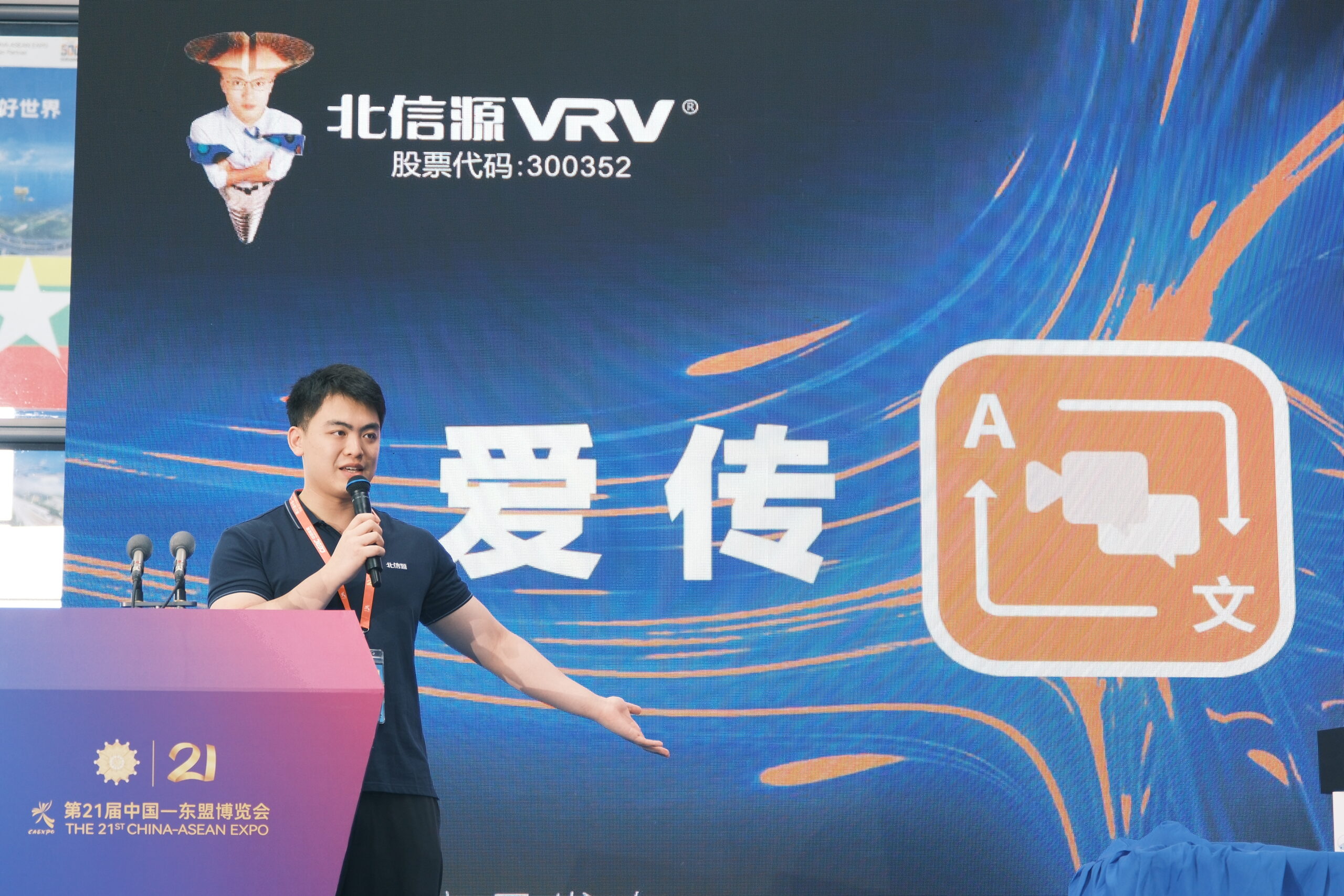In an era where effective communication bridges cultural and geographical gaps, Google Translate is poised to revolutionize its service with a much-anticipated AI upgrade. Recent reports have shed light on this transformation, suggesting that the tech giant is investing heavily in overhauling its translation engine. This comprehensive upgrade is set to enhance not only the accuracy of translations but also the contextual and cultural nuances that define human language.

The Urgent Need for an AI-Driven Translation Revolution
Language is dynamic—constantly evolving with idioms, slang, and cultural references. Despite its widespread use, the current iteration of Google Translate sometimes struggles with context and idiomatic expressions. The new AI upgrade aims to overcome these limitations by incorporating state-of-the-art neural network architectures and deep learning techniques that adapt and learn from vast multilingual datasets.
Key drivers behind this transformation include:
- Contextual Mastery: Traditional translation models often process words in isolation. The upgrade will focus on holistic sentence understanding, thereby preserving context and meaning.
- Cultural Sensitivity: Recognizing local idioms, humor, and cultural references will allow translations to feel more natural and less literal.
- Real-Time Adaptability: By continuously learning from user interactions and real-world language usage, the system will evolve to meet the immediate needs of its global audience.
Under the Hood: Advanced AI Technologies Powering the Upgrade
The forthcoming improvements are not merely cosmetic but built on breakthrough innovations in artificial intelligence:
- Deep Neural Networks: The revamped engine leverages enhanced neural architectures that provide superior pattern recognition and language modeling capabilities.
- Generative AI Integration: By incorporating generative AI models, the system can predict and construct contextually appropriate translations, even in complex linguistic scenarios.
- Massive Data Training: Drawing from expansive multilingual corpora and real-time usage data, the upgraded system promises to deliver more accurate translations, even for less-common language pairs.
- Continuous Learning Mechanisms: With reinforcement learning strategies, the new model will constantly refine its output based on user feedback and emerging language trends.
Expanded Features and Capabilities
Beyond improved translation accuracy, users can expect several innovative features that address previous shortcomings:
- Enhanced Voice Translation: Upgraded speech recognition and synthesis capabilities will facilitate smoother real-time voice-to-voice translations, making it invaluable for international travelers and remote communications.
- Offline Functionality: Efforts to optimize the AI for offline usage mean that even without an internet connection, users can expect reliable translation services—a boon for remote or bandwidth-limited environments.
- Integration of Handwriting and Image Translation: By leveraging AI-driven optical character recognition (OCR), the service will better interpret and translate handwritten texts and images, broadening its practical applications.
- Adaptive User Interfaces: A more intuitive interface that learns from user interactions will personalize translation experiences, adapting suggestions based on user habits and regional language nuances.

Integration Across the Google Ecosystem
The implications of this upgrade extend far beyond the standalone Google Translate app. The same AI innovations are expected to enhance other Google services:
- Google Assistant and Search: More nuanced language understanding will improve interactions, ensuring that voice commands and search queries are interpreted with higher accuracy.
- Productivity Tools: Applications like Gmail, Google Docs, and even YouTube could benefit from integrated translation features, breaking language barriers in professional and creative environments.
- Business Solutions: For multinational companies and content creators, more precise translations will foster clearer communication across global markets, ultimately supporting smoother operations and better customer engagement.
Ethical Considerations and Data Security
With great power comes great responsibility. As Google refines its translation technology, it also faces the challenge of ensuring that the new AI respects privacy and cultural diversity. Google has emphasized that:
- Data Security Remains Paramount: The upgrade will incorporate robust encryption and privacy-preserving techniques to safeguard user data.
- Bias Mitigation: Continuous audits and refinements will address any inherent biases in the training data, striving to provide balanced and fair translations across all languages.
- Transparency and Accountability: Google is committed to maintaining transparency about the AI’s decision-making processes, ensuring that users understand how translations are generated and updated.
Looking Ahead: The Future of Global Communication
This AI upgrade represents a significant leap forward in the quest for seamless global communication. By melding advanced technology with a deep understanding of linguistic diversity, Google Translate is not just enhancing a tool—it is redefining how people connect across cultures. As the technology evolves, we can expect further innovations that may include support for emerging languages, deeper integration with augmented reality (AR) translation tools, and even more personalized communication aids.

Frequently Asked Questions (FAQ)
Q1: When is the new AI upgrade for Google Translate expected to roll out?
A1: Internal reports indicate that the rollout will occur gradually throughout 2025, with initial features available to select users before a broader release.
Q2: What are the main improvements users can expect from this upgrade?
A2: Users will benefit from enhanced contextual understanding, better handling of idiomatic expressions, improved voice and image translation capabilities, and more personalized user interactions.
Q3: Will the upgrade expand support for additional languages and dialects?
A3: Yes, the upgrade is expected to improve translation quality across a broader spectrum of languages, including less-common dialects, ensuring more accurate and culturally sensitive translations.
Q4: How does this upgrade affect my privacy and data security?
A4: Google has reinforced its commitment to data security by integrating advanced encryption and privacy measures into the upgrade. User data remains protected, and efforts are being made to minimize biases in translation.
Q5: How will this AI upgrade integrate with other Google products?
A5: The advanced AI will enhance services like Google Assistant, Search, and productivity tools by providing more precise language understanding and translation capabilities, creating a seamless experience across the Google ecosystem.
As Google Translate steps into this new era of AI-driven precision, the future of cross-cultural communication looks brighter than ever. By addressing longstanding challenges and integrating innovative technologies, Google is setting the stage for a world where language barriers are no longer a hindrance to understanding and collaboration.
Sources Forbes


